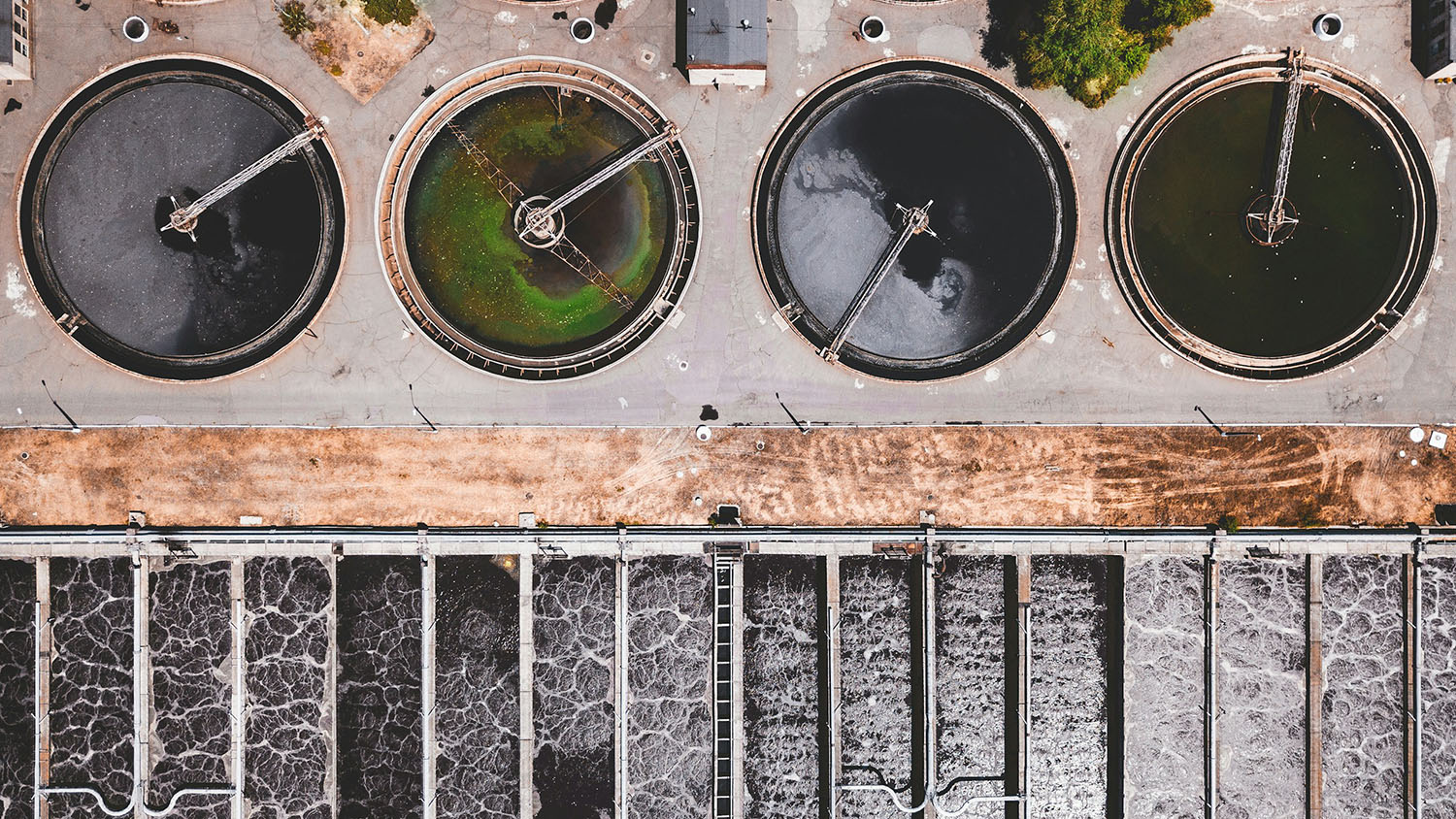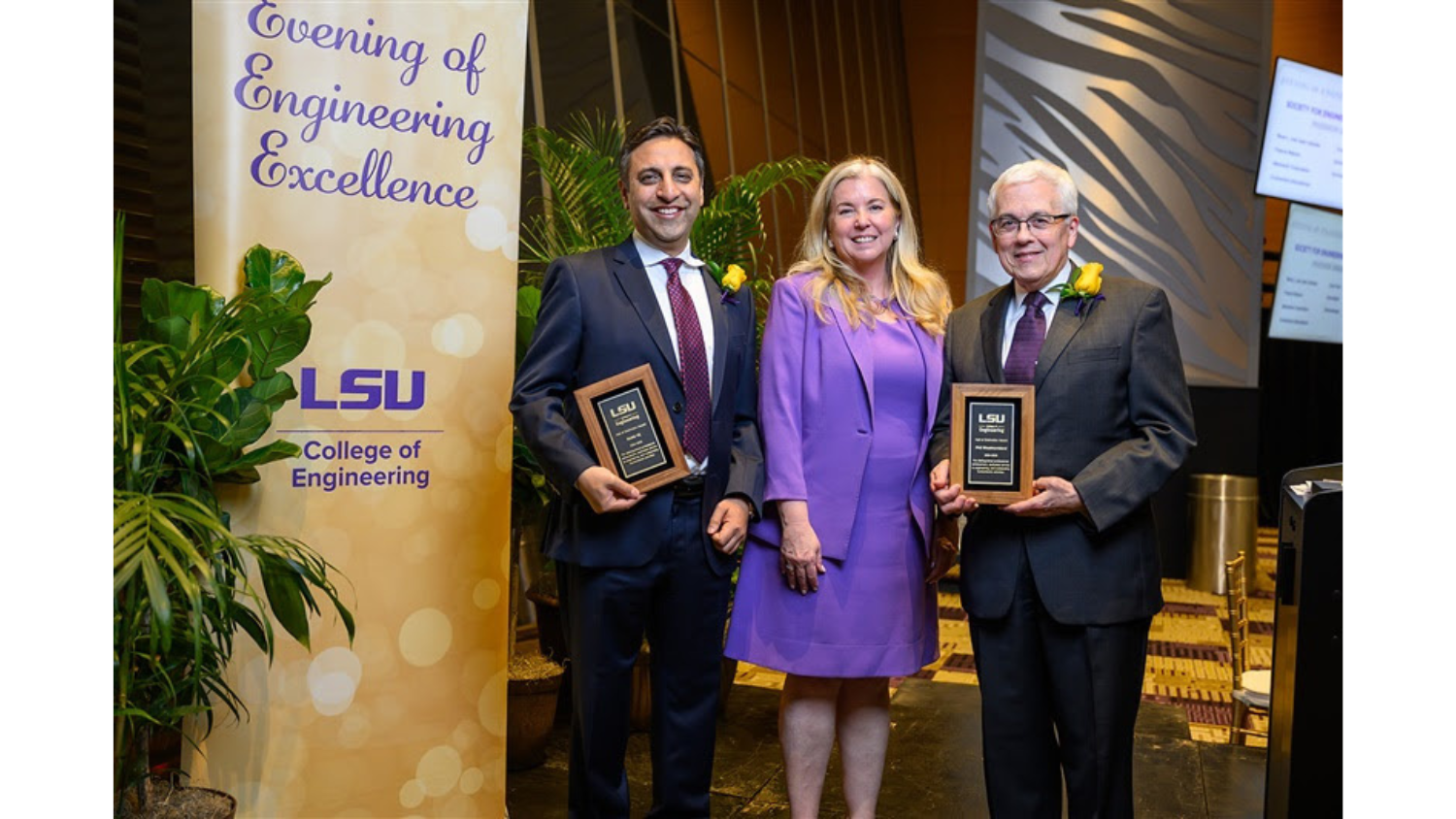New Material Offers Remarkable Combination of Toughness and Stretchiness
This is a slightly modified version of an article written by Matt Shipman, Research Lead in University Communications.
Professor Michael Dickey and his colleagues have created new materials that are both stretchable and extremely tough (difficult to break or tear).
“Materials that can be deformed, but that are difficult to break or tear, are desirable,” says Prof. Dickey, a co-corresponding author of a paper on the work. “Nature is good at this; think of cartilage as an example. But engineering synthetic materials with these properties has been difficult, which makes our work here exciting.”
The new materials fall under the broader category of ionogels, which are polymer networks that contain salts that are liquid at room temperature. The salts are called ionic liquids.
Dickey and his collaborators have made ionogels that are nearly 70% liquid, but have remarkable mechanical properties. Namely, they’re tough – meaning they can dissipate a lot of energy when you deform them, making them very difficult to break. They’re also easy to make, easy to process, and you can 3D print them.
“Hydrogels, which are polymer networks that contain water, are fairly common,” Dickey says. “For example, contact lenses are hydrogels. But ionogels have some advantages over hydrogels. Ionic liquids don’t evaporate like water, so you don’t have to worry about the ionogels drying out. Ionogels are also electrically and thermally stable and conduct electricity well, raising some interesting opportunities for future applications.”
To make the new ionogels, the researchers started with polyacrylic acid (used in baby diapers) and polyacrylamide (used in contact lenses) and copolymerized them in a solution of ionic liquid using ultraviolet light. In other words, they took the ingredients for polyacrylic acid and polyacrylamide, placed them in an ionic liquid, and shone light on it to create a copolymer that incorporates both of the starting compounds and the ionic liquid itself.
 “The end result is significantly better than an average of the two materials,” Dickey says. “It is like adding 1+1 and getting 10. The resulting gel has the stretchability of polyacrylic acid (PAA) and is even stronger than the polyacrylamide (PAAm). In terms of toughness, it’s better than cartilage. But the differences between ionogels and hydrogels make them advantageous for different applications.”
“The end result is significantly better than an average of the two materials,” Dickey says. “It is like adding 1+1 and getting 10. The resulting gel has the stretchability of polyacrylic acid (PAA) and is even stronger than the polyacrylamide (PAAm). In terms of toughness, it’s better than cartilage. But the differences between ionogels and hydrogels make them advantageous for different applications.”
In addition, the ionogels created by Dickey’s team also have self-healing and shape memory properties. You can stick two pieces of the ionogel together, expose it to heat, and it reforms a strong bond. By the same token, you can deform the ionogel into a temporary new shape, but it will return to its original shape when exposed to heat. The amount of heat needed depends on how quickly you want the material to “heal” or return to its normal shape. When exposed to a temperature of 60 degrees Celsius, the actions only take tens of seconds. Video of the ionogels can be seen at https://www.youtube.com/watch?v=SoAxmv7I9KA.
“We’re excited that we’ve made something with truly remarkable properties that can be made very easily – you just shine light on it – using widely available polymers,” Dickey says. “And you can tailor the properties of the ionogels by controlling the ratio of ingredients during the copolymerization process.
“We’re already working with one industry partner, and are open to working with others to develop applications for this new breed of ionogels.”
The paper, “Tough and stretchable ionogels by in situ phase separation,” is published in the journal Nature Materials. First author of the paper is Meixiang Wang, a postdoctoral member of Prof. Dickey’s research group who also has an affiliation with Xi’an Jiaotong University. The paper was co-authored by Mohammad Shamsi, a Ph.D. student in the Dickey group and Jacob Thelen (B.S. ’10) a research collaborator with the Dickey group. The other co-authors are Vi Khanh Truong, a visiting scholar who is affiliated with RMIT University, postdoctoral researcher Jinwoo Ma, Pengyao Zhang and Jian Hu, of Xi’an Jiaotong University, all associated with the Dickey group; and Wen Qian of the University of Nebraska-Lincoln.
The work was done with partial support from the Coastal Studies Institute.


